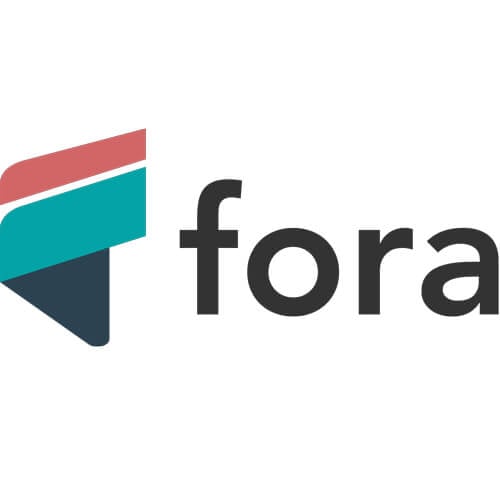But is the DTI ratio the be-all, end-all of your borrowing ability? Not quite.
Is the DTI ratio accurate?
DTI ratios are not an accurate analysis of your overall personal finance situation, as they don’t distinguish between different types of debt.
This is a considerable limitation because not all debts are equal. Someone with a high debt-to-income ratio due to a mortgage has an asset that may appreciate over time—a better situation than someone with a high DTI ratio because of immense credit card debt.
Another limitation: The DTI ratio doesn’t account for low-interest versus high-interest debt. For example, two people could have the same monthly debt payment amounts but one has it on a credit card, and the other owes on a line of credit—the latter has traditionally lower interest rates.
That’s why lenders use many factors and tools to assess creditworthiness, including the credit utilization ratio we just mentioned.
Lower your DTI ratio with credit counselling services
Your DTI ratio helps you honestly assess your debt picture. It’s a helpful tool for financial planning, but also has some power in determining your eligibility for a loan.
If you have a high DTI ratio, don’t worry, you’re not the only Canadian. And there is support available to help you pay down debt.
Talk to one of Credit Canada’s certified credit counsellors to discuss budgets, debt, and DTI ratio. We’ll sit down and review your budget and credit report together. Then, we’ll figure out a foolproof plan to save your money, reduce your debt, and stop collection calls.














I think you might have gotten mixed up on comparing DTI percentages to the national average. The example in this article is comparing Monthly DTI (62.5%) to the national average of Total DTI (183% which includes total mortgage borrowed): person making $100k/yr salary with a $183k mortgage equals to $1.83 DTI, and not that they are spending 183% of their monthly income each month. This person who makes $100k a year isn’t spending $6900 more than they make every month.